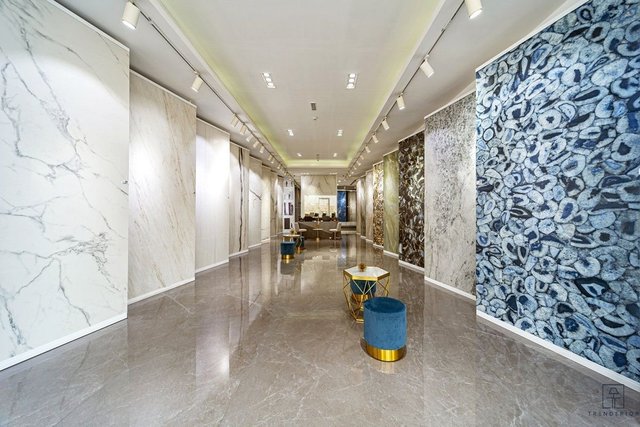Establishing a good tile display system is both a strategy and an art. Tile companies depend on aesthetically pleasing displays to grab consumers and highlight range of products. A well-designed arrangement guarantees utility while accentuating textures, colors, and patterns. Maintaining this system calls for organization and frequent updates as well as attention to detail. In tile selling, this technique illustrates the harmony between utility and beauty.

The Vision behind Systems of Tile Display
Creating a tile display begins with knowledge about consumer preferences and space constraints. Often working with designers, retailers build layouts that improve visual attractiveness. The aim is to lead consumers through a flawless experience stressing product adaptability. Companies additionally make sure their displays reflect professional-grade standards using venta expositores de azulejo. Every component of the system is meant to excite and guide prospective consumers efficiently.
Choosing the ideal display stands
Showing tiles with clarity and order depends mostly on display stands. Businesses spend in modular and adaptable stands that fit different tile sizes and varieties. First priorities are durability and simplicity of maintenance to guarantee the displays resist regular usage. Certain stands let users see tiles in realistic environments by use of interactive elements. The right not only grabs notice but also simplifies the decision-making process.
Creating layouts appealing to consumers
Good layouts carefully employ space to provide an aesthetically beautiful and accessible display area. Companies play around with tile patterns, lighting, and color pallet to create certain moods. To streamline consumer options, displays may organize tiles according to texture, use, or trend. One important element is visual storytelling as it lets consumers see tiles in their homes. This deliberate layout improves client interaction and product knowledge.
Maintaining Displays to Reflect Current Trends
Maintaining consumer relevance and interest depends on tile displays being current. Frequent cleaning and inspections guarantee the system always appears professional and new. New tile collections and seasonal trends can guide adjustments in the display arrangement. Businesses often depend on sales personnel and consumer comments to find areas needing improvement. A dynamic strategy guarantees the system maintains alignment with market needs.
Juggling Aesthetic appeal with Functionality
A good tile display system creates an immersive experience for clients by combining beauty with purpose. Companies pay close attention to user-friendly designs that let samples be easily accessed without sacrificing the visual appeal. Display spaces have to be flexible enough to highlight many tile patterns while still keeping a coherent appearance. This harmony guarantees the display functions as a practical resource as well as a marketing tool.
Conclusion
Establishing and preserving a tile display system is an active and artistic process. To remain relevant in a cutthroat industry, it calls for careful preparation, smart decisions, and ongoing changes. A well-made display not only emphasizes product quality but also creates close relationship with consumers. Through means of design and upkeep, companies may create striking visual storylines out of their tile displays.